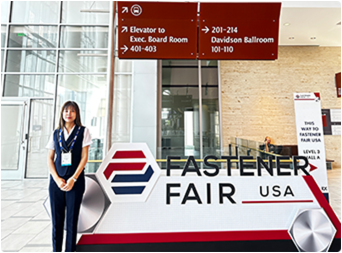Nov . 08, 2024 21:47 Back to list
anchor bolt and screw
Understanding Anchor Bolts and Screws Essential Components in Construction
In the vast realm of construction and engineering, various fasteners are utilized to ensure structural integrity and reliability. Among these fasteners, anchor bolts and screws play pivotal roles. Although both serve crucial purposes in securing materials, they have distinct characteristics and applications that make them suitable for different scenarios. This article delves into the fundamentals of anchor bolts and screws, comparing their features, functions, and uses in construction projects.
Anchor Bolts The Foundation of Stability
Anchor bolts are heavy-duty fasteners designed for securing structures to concrete foundations. They are integral in providing stability to large constructions, such as buildings, bridges, and towers. Typically embedded in concrete, they come in a variety of shapes, sizes, and material compositions, catering to specific structural requirements.
The primary function of an anchor bolt is to transfer loads from a structure to its foundation. When a structure experiences different forces, such as wind, seismic activity, or dynamic loads, anchor bolts help to keep it firmly attached to its base, minimizing movement and potential failure. Common types of anchor bolts include L-shaped, J-shaped, and straight bolts—each offering specific advantages based on the application.
Anchor bolts are often manufactured from high-strength steel, with protective coatings to enhance corrosion resistance, making them suitable for both indoor and outdoor applications. Selecting the right type of anchor bolt is crucial, as it directly impacts the safety and longevity of a structure. Engineers must consider factors such as load requirements, concrete strength, and environmental conditions when determining the appropriate anchor bolt for a project.
Screws The Versatile Fasteners
Screws are perhaps the most commonly used fasteners in construction, woodworking, and manufacturing. Unlike anchor bolts, screws are designed to fasten materials together rather than anchor them to a fixed structure. They come in various types, such as wood screws, machine screws, and self-tapping screws, catering to a wide range of materials, including wood, metal, plastic, and more.
anchor bolt and screw

The primary function of a screw is to create a strong, secure connection between two or more pieces of material. The helical thread allows the screw to be driven into the material, creating a locking mechanism that resists pull-out forces. Screws also provide the flexibility of disassembly, making them ideal for applications where future adjustments or replacements may be necessary.
One of the key advantages of screws is their ease of use. Many screws can be installed with a simple screwdriver, while others are designed for power tools, enhancing efficiency in construction projects. Furthermore, screws are available in a wide range of sizes and materials, allowing builders to choose the optimal fastener for their specific needs.
Comparing Anchor Bolts and Screws
While both anchor bolts and screws are essential fasteners in construction, their applications and functions differ significantly. Anchor bolts are primarily used for securing structures to their foundations, providing unparalleled stability against various forces. They are critical in applications where high strength and resistance to lateral forces are required. Conversely, screws are more versatile and suitable for fastening materials together, whether in furniture assembly, cabinetry, or light structural applications.
In terms of installation, anchor bolts often require pre-drilled holes and concrete pouring, demanding more time and labor compared to screws, which can typically be installed with minimal effort. Additionally, the removal of an anchor bolt may involve additional effort, as they are deeply embedded in concrete, while screws can be easily unscrewed.
Conclusion
Understanding the differences between anchor bolts and screws is vital for anyone involved in construction or engineering. Each fastener serves a unique purpose and is designed for specific applications, contributing to the overall safety and functionality of structures. By selecting the appropriate fastener for a given task, builders can ensure not only the longevity of their projects but also the safety of those who use them. As construction practices continue to evolve, an in-depth knowledge of these fundamental components will remain essential, underscoring the importance of proper fastener selection in achieving successful outcomes in construction endeavors.


